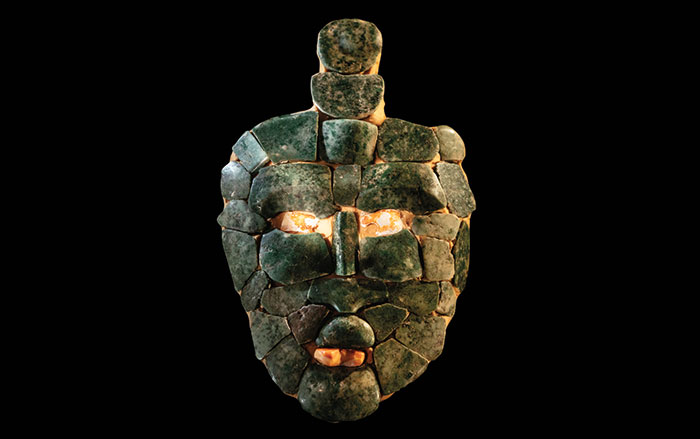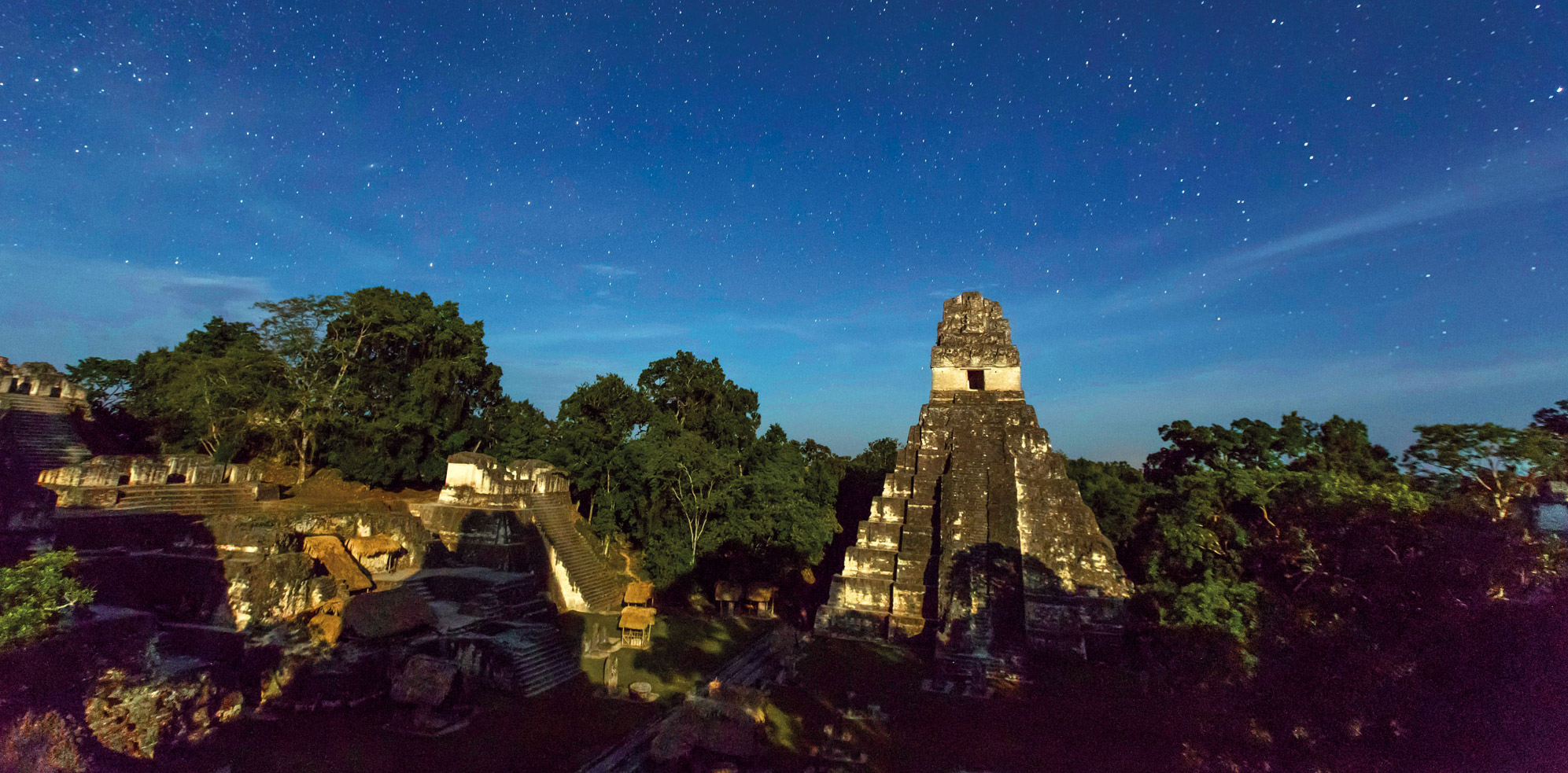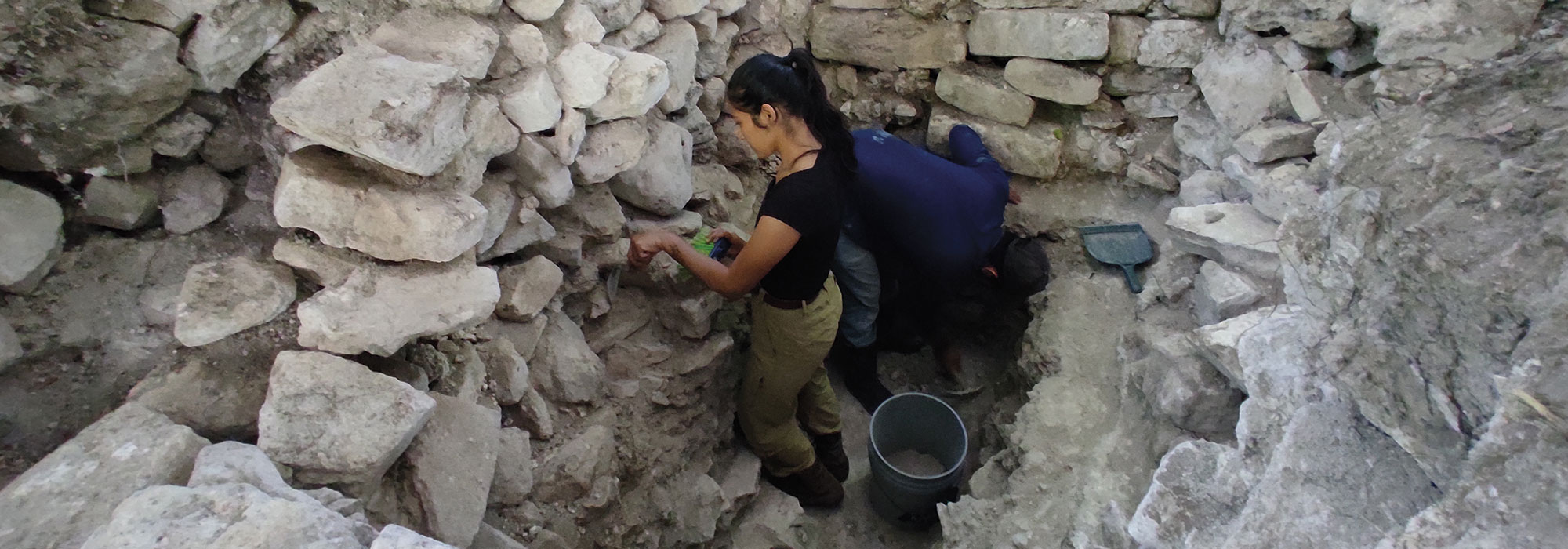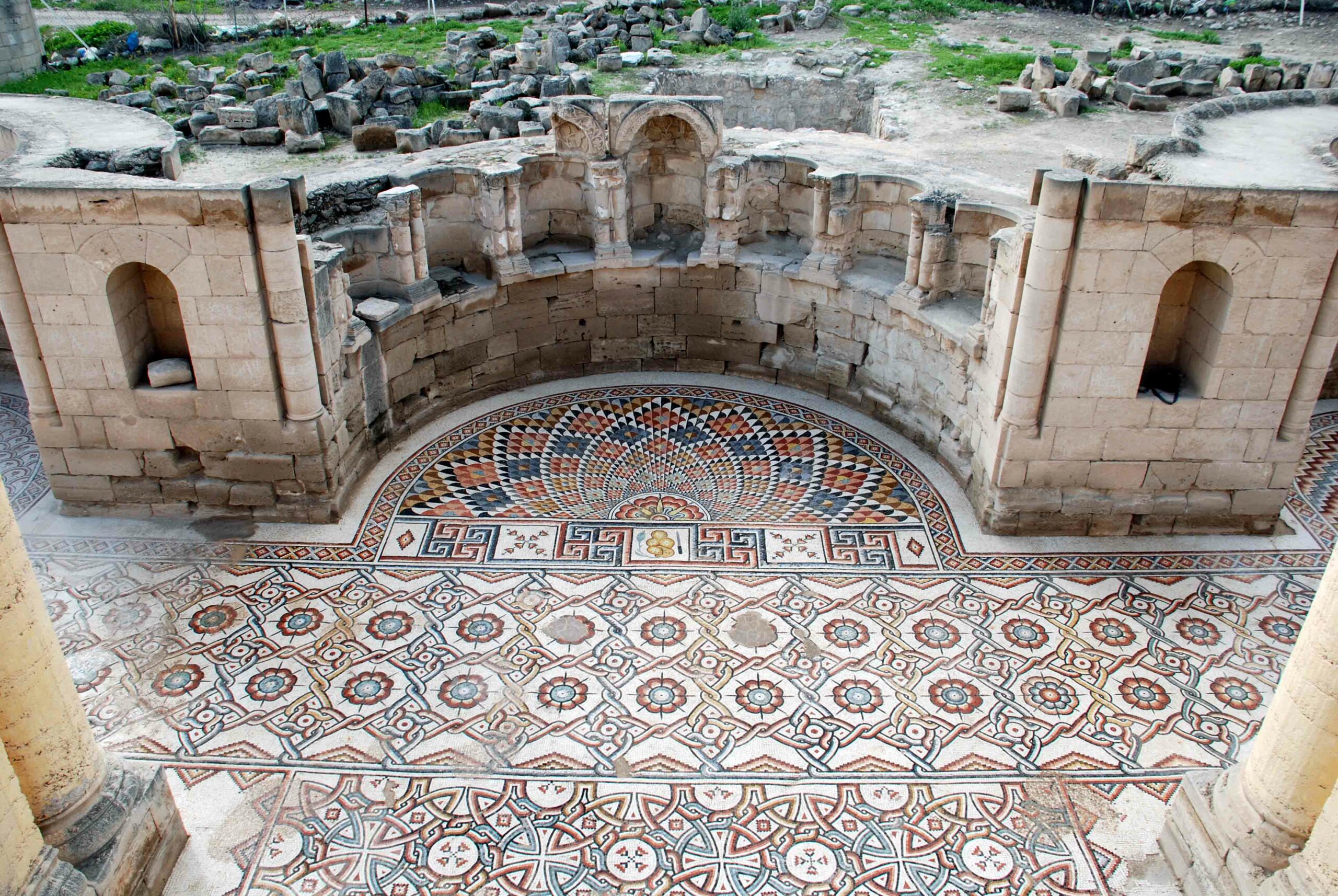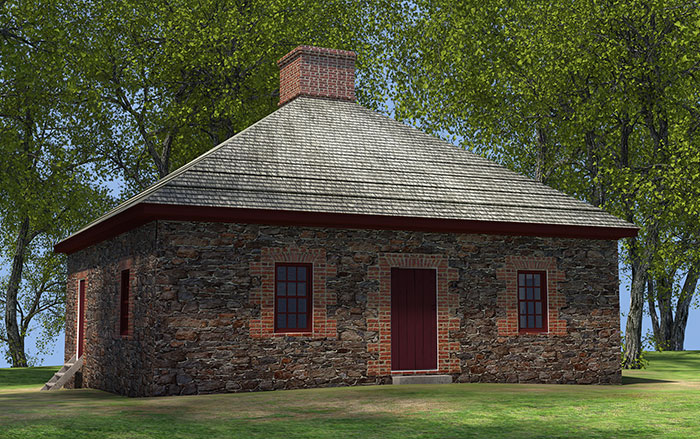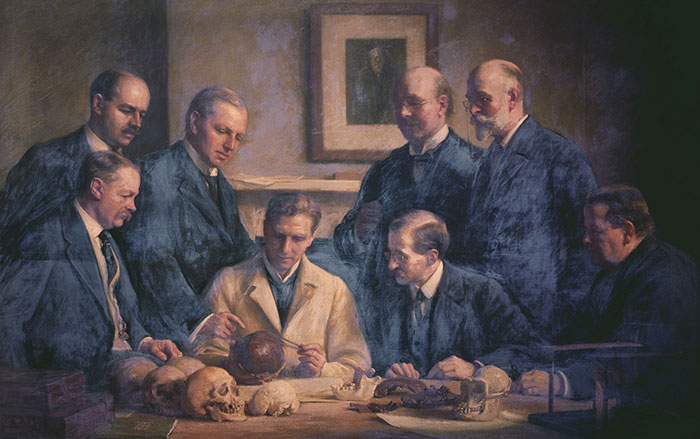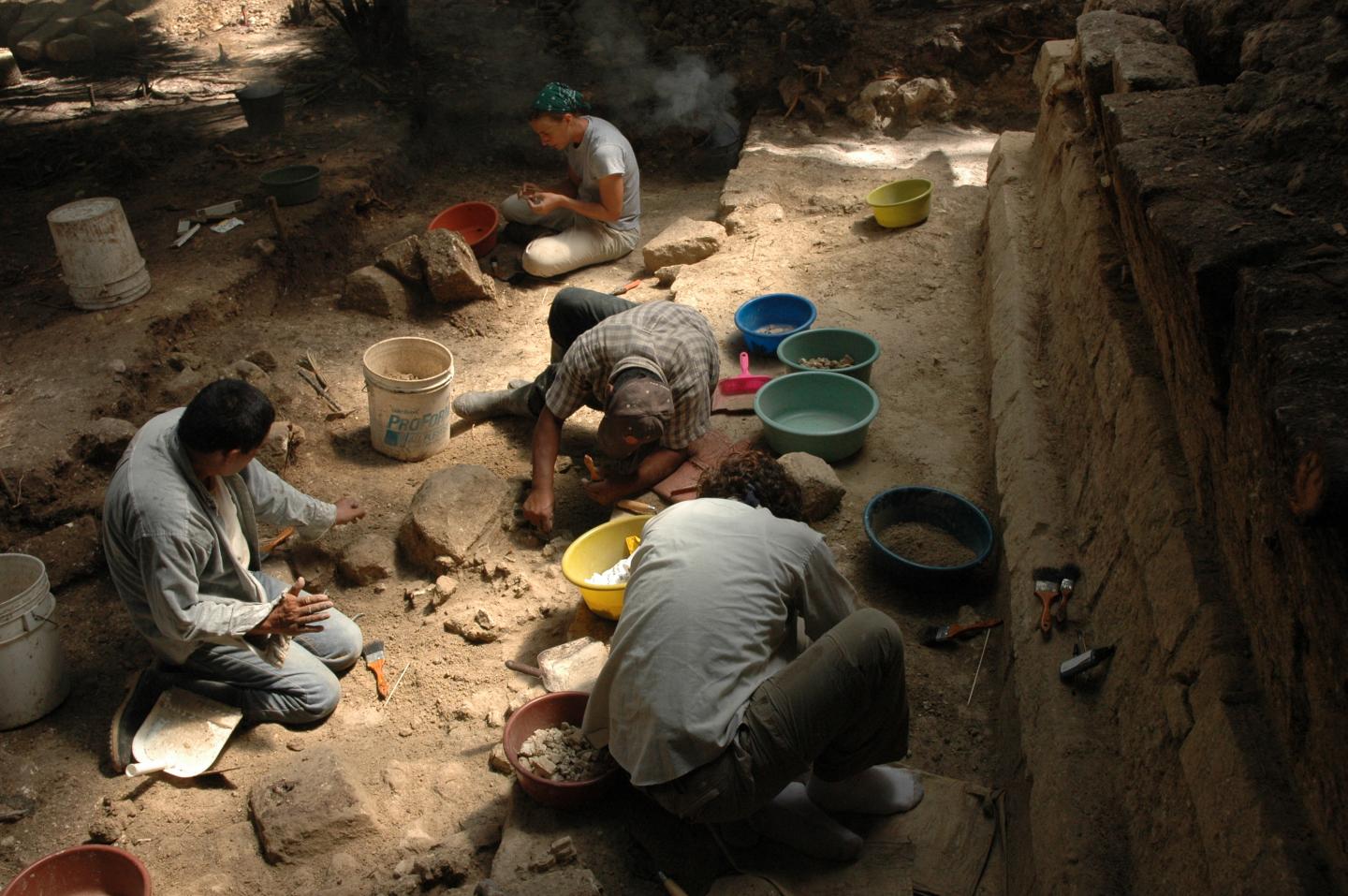
TUCSON, ARIZONA—The International Business Times reports that Ceibal-Petexbatun Archaeological Project scientists, led by Takeshi Inomata of the University of Arizona, are studying possible processes behind the two collapses of Maya civilization at Guatemala’s Maya site of Ceibal, which was occupied for about 2,000 years, between approximately 1000 B.C. and A.D. 950. The researchers obtained more than 150 radiocarbon dates from charcoal samples, and conducted a detailed study of ceramics from the site, in order to assemble a precise chronology of events. Population sizes over time were determined through carefully controlled excavations. The researchers found similar patterns preceding the collapse of Maya civilization during the Preclassic period, sometime between A.D. 150 and 300, and during the Classic Period, around A.D. 800 to 950, including violent warfare, social unrest, and political crises in multiple cities in the Maya lowlands. They also found that smaller waves of collapse were followed by major collapse and the abandonment of Maya population centers. For more, go to “Letter from Guatemala: Maya Metropolis.”


